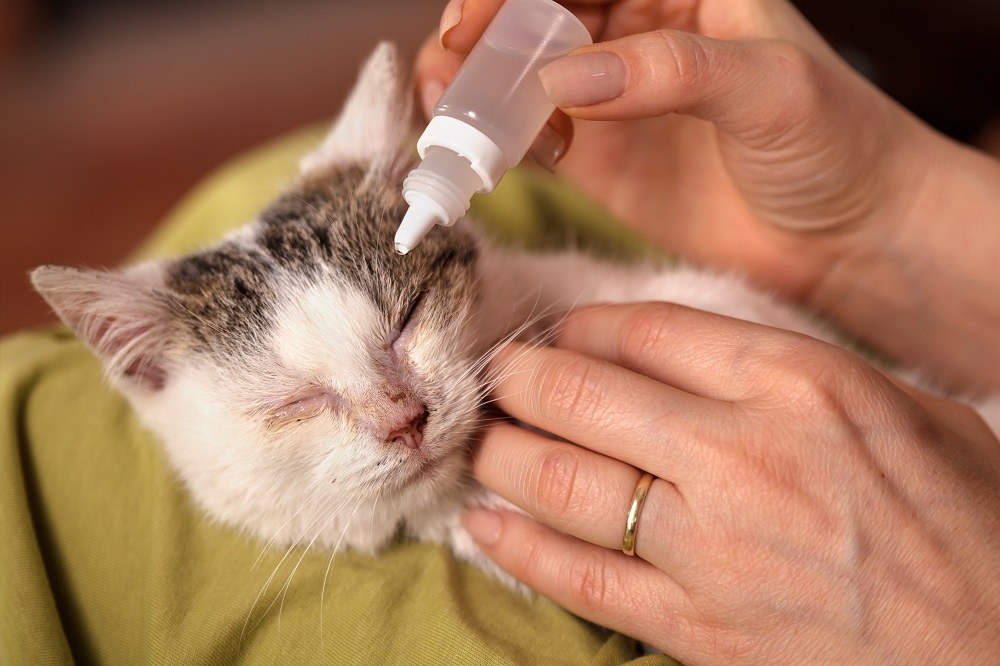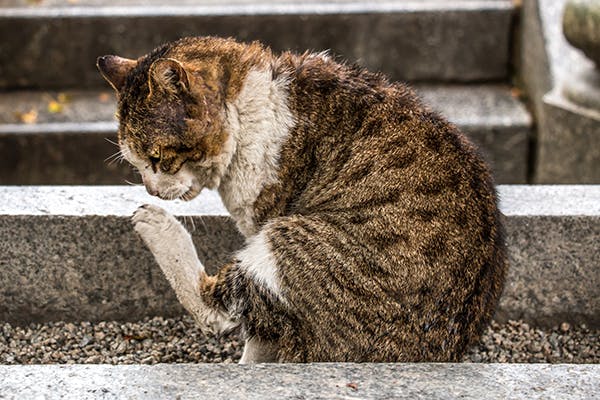Your cat can get a different bacterial infection in cats as a result of numerous exposures and disease transmission routes. Bacteria are single-celled living organisms that are considered to be among the world’s most successful life forms. While the majority of bacteria are beneficial or just harmless to most creatures, some are dangerous and can cause disease in specific hosts.

The immune system renders the vast majority of microorganisms in and on the feline body harmless. In cats, harmful bacteria can cause serious disease and infection. Many of these bacteria, particularly in the digestive system, are also useful. Certain bacterial species, on the other hand, are harmful to cats and can cause infectious illnesses.
Bacterial infection occurs when disease-causing microorganisms infiltrate an organism. The bacteria enter the body, feed on its nutrition, replicate, and cause disease. The immune system of the body can combat bacterial infection. An infection can affect any portion of the body, including many parts in some situations.
Cats can also be silent carriers of bacteria, which means they can spread diseases to other organisms even if they don’t display symptoms of illness themselves. Staphylococcus, Salmonella, Escherichia, Campylobacter, Clostridium, Toxoplasmosis, Chlamydophila, Pyodermas, Actinomyces, Spirochete, Fusobacterium, Bartonella, and other bacterial infections that cause disease in cats are the most frequent.
Table of Contents
Causes of Bacterial infection
- Poor diet
- Underlying illness
- Viral infections
- Exposure to other sick animals
- Age
- Weakened immune system
- Damage skin
- Poor nutrition
- Underlying illness
- Viral infections
Bacterial infection in cats can harm your cat and its primary organs in a variety of ways. In cats, the likelihood of bacterial infection is also determined by their age. While young adult cats have stronger resistance to severe bacterial diseases, kittens are more susceptible to infections due to a lack of antibodies. Antibodies also diminish in older cats with weakened immune systems.

Symptoms of Bacterial infection in Cats
The symptoms your cat displays are greatly dependent on the type of bacterium causing the problem, the organs involved, the degree and stage of the illness, and your cat’s overall health.
Some of the symptoms include:
- Fever
- Diarrhea
- Nausea
- Vomiting
- Indigestion
- Skin abscesses
- Lesions and sores
- Coughing
- Runny nose and eyes
- Urinary and respiratory tract problems.
- Loss of appetite are common symptoms of bacterial infection in cats
Diagnosis of Bacterial Infection in Cats
The symptoms of a bacterial infection in cats are used to get a diagnosis. The veterinarians will check the cat physically and evaluate its medical records and symptoms record. The vet may next perform blood tests, skin biopsies, sensitivity testing, and cultures to confirm the diagnosis if necessary. This may also aid in determining the source of the infection.
Treatment of bacterial infection in cats
The veterinarian will determine the best treatment option for your cat based on the type of bacterial infection, its causes, and your cat’s overall health. The appropriate treatment will be determined by the infection, as well as the cat’s health and age. Antibiotics are commonly used to treat bacterial infections.

It’s critical to follow the antibiotics’ instructions and complete the entire course of treatment. Otherwise, the infection may resurface, worsening the situation. The antibiotic and its dosage are determined by your pet’s overall health, weight, and the bacteria species present. Your veterinarian may prescribe long-term antibiotic treatment for your cat. It is critical to finish the course and wait until the symptoms have subsided.
Topical drugs are used to treat skin infections because they assist to reduce inflammation, skin redness, and runny eyes and nose. Your veterinarian may prescribe topical treatments and pharmaceuticals for skin bacterial infection and subsequent symptoms. These ointments aid in the reduction of inflammation and redness on the skin. In the case of a bacterial skin infection, some shampoos may be given to reduce itching and irritation.




